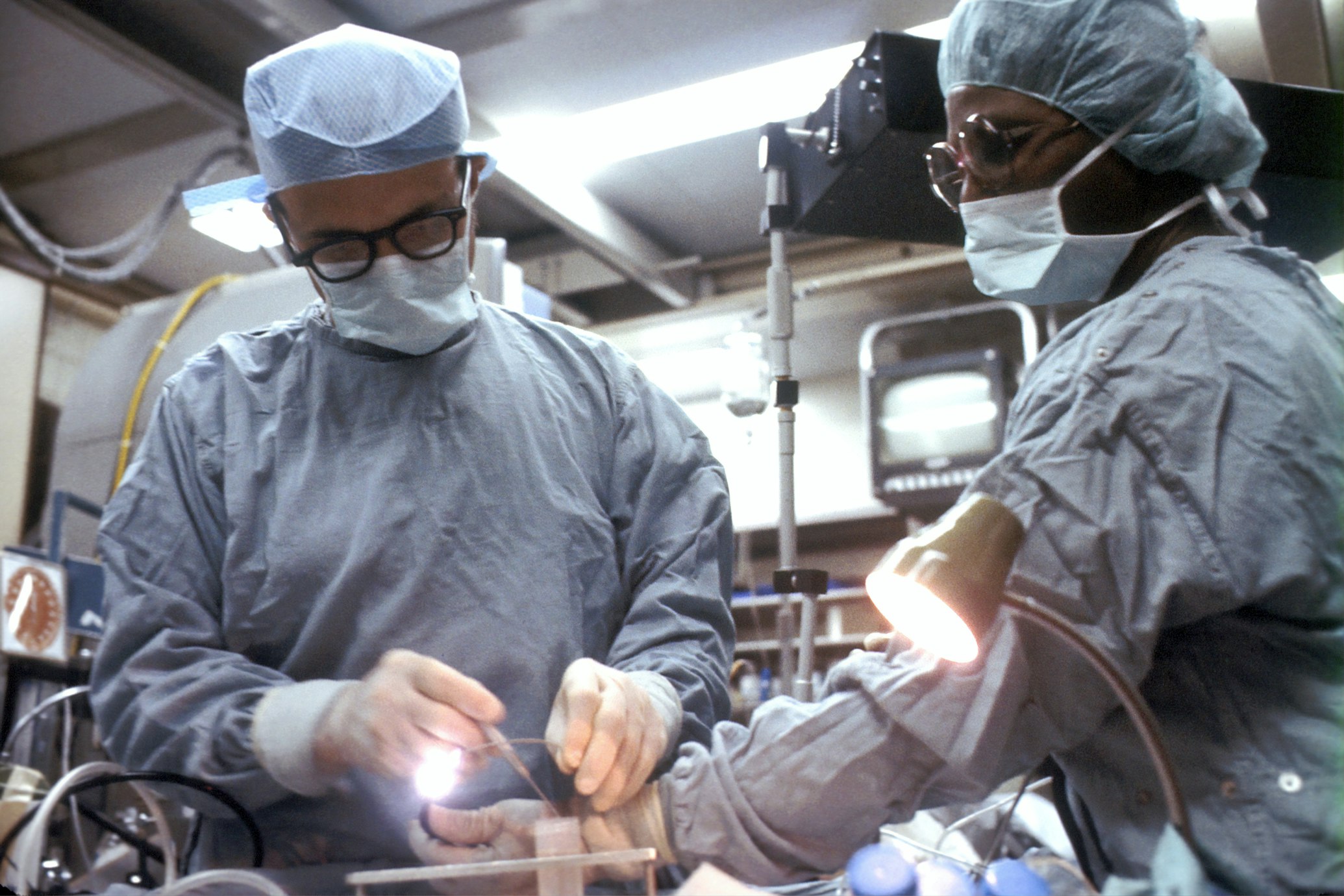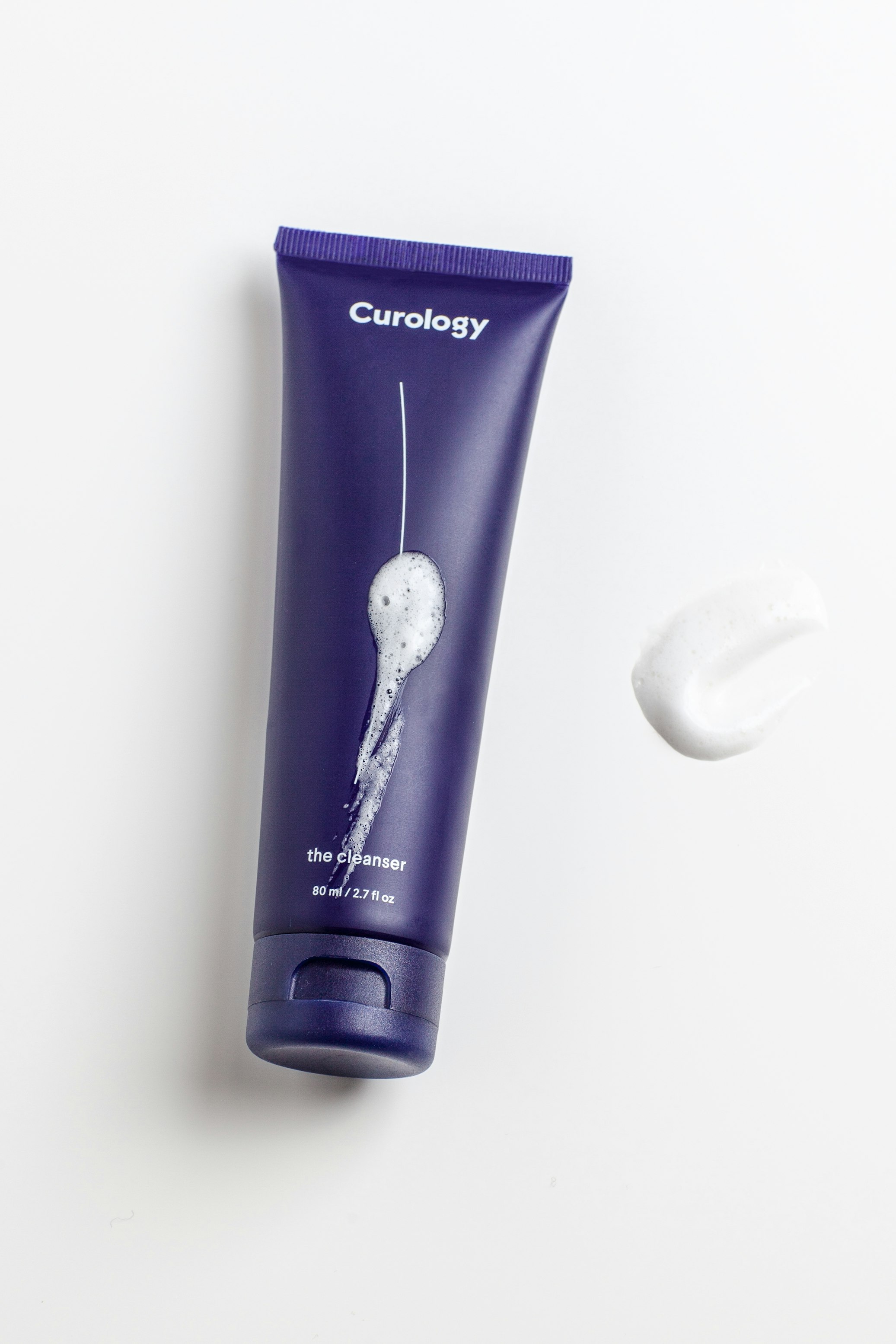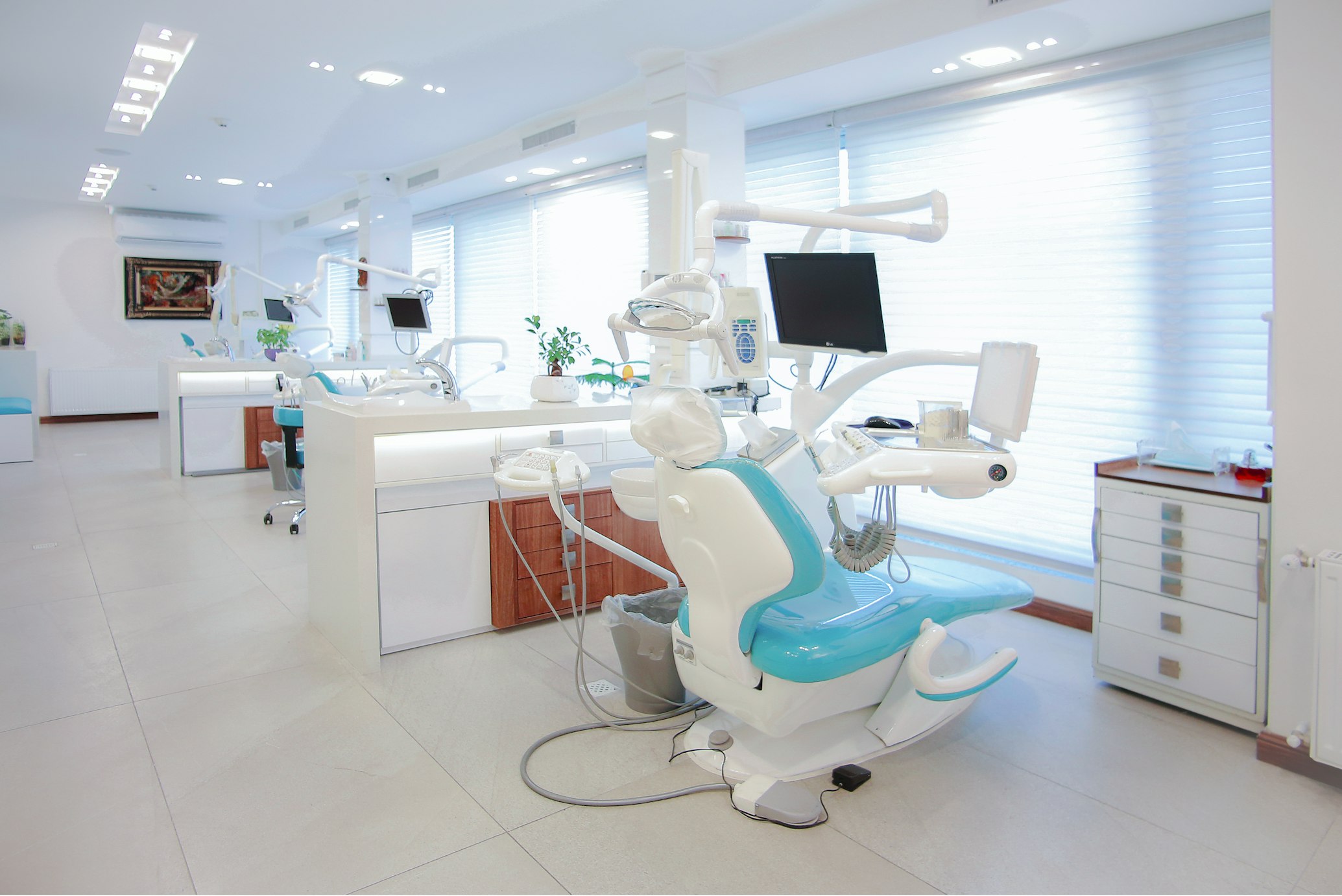Pico Laser in Korea: Fast & Effective Treatment for Pigmentation 2025
If you've been researching pigmentation treatments in Korea, you've likely encountered two terms: laser toning and pico laser. While both target unwanted pigmentation, pico laser represents the next generation of laser technology—operating at picosecond speed (one trillionth of a second) compared to traditional nanosecond lasers.
This speed difference isn't just technical jargon—it translates to more effective pigment breakdown, less surrounding tissue damage, and significantly fewer treatment sessions needed. Where laser toning might require 10+ sessions to see 60-70% improvement, pico laser often achieves similar or better results in just 3-5 sessions.
This guide covers everything you need to know about pico laser treatment in Korea, including how the technology works, realistic pricing, what results to expect, how it compares to traditional laser toning, and whether the premium cost is worth it for your specific concerns.
What is Pico Laser?
Pico laser is an advanced laser technology that delivers ultra-short pulse durations measured in picoseconds (trillionths of a second). This represents a 1,000x faster pulse than traditional Q-switched nanosecond lasers used in conventional laser toning.
The Technology Explained
Picosecond vs. Nanosecond:
- Nanosecond (traditional laser toning): 1 billionth of a second (10⁻⁹)
- Picosecond (pico laser): 1 trillionth of a second (10⁻¹²)
This thousandfold speed increase creates a different mechanism of action:
Photoacoustic Effect (Pico Laser):
- Ultra-fast pulses create mechanical shockwaves
- Pigment particles shatter into dust-like fragments
- Minimal heat generation
- Less thermal damage to surrounding tissue
Photothermal Effect (Traditional Laser):
- Heat-based pigment destruction
- Larger pigment fragments
- More heat dispersal to surrounding tissue
- Higher risk of post-inflammatory hyperpigmentation
How It Works
When pico laser targets pigmented lesions:
- Ultra-fast energy delivery: Picosecond pulses hit melanin particles
- Mechanical fragmentation: Shockwaves shatter pigment into microscopic pieces
- Minimal heat damage: Brief pulse duration prevents heat buildup
- Natural elimination: Body's lymphatic system removes tiny fragments
- Collagen stimulation: Pressure waves trigger collagen production as secondary benefit
What Can Pico Laser Treat?
Pico laser is particularly effective for:
✅ Melasma: Stubborn hormonal pigmentation ✅ Age spots and sun damage: Years of UV exposure ✅ Post-inflammatory hyperpigmentation: Dark marks from acne or injury ✅ Freckles: Both congenital and sun-induced ✅ Nevus of Ota: Deep dermal pigmentation ✅ Tattoo removal: All ink colors, especially difficult blues and greens ✅ Overall skin brightening: Uneven tone and dullness ✅ Pore refinement: Secondary benefit from collagen stimulation ✅ Fine lines and texture: Bonus rejuvenation effects
Ideal Candidates
Best results for:
- Stubborn pigmentation that hasn't responded to topical treatments
- Those wanting faster results with fewer sessions
- People with limited time in Korea (fewer visits needed)
- Darker, deeper pigmentation
- Tattoo removal needs
- Those willing to invest in premium treatment
Not ideal for:
- Very dark skin tones (Fitzpatrick V-VI)—higher PIH risk
- Those on extreme budgets (laser toning more affordable)
- People seeking only mild, gradual improvement
- Active skin infections or inflammation
Pico Laser Prices in Korea (2025)
Based on current market data from Seoul clinics:
Overall Pricing
Per session averages:
- Average price: ₩45,000 ($35) per targeted area
- Range: ₩39,000-₩50,000 ($30-$38) per area
- Full face: ₩100,000-₩300,000 ($77-$231)
Note: These lower prices typically apply to targeted spot treatments or promotional rates. Full-face comprehensive treatments cost significantly more.
Detailed Pricing by Treatment Type
| Treatment Type | Price Range (KRW) | Price Range (USD) |
|---|---|---|
| Spot treatment (small areas) | ₩100,000-₩200,000 | $77-$154 |
| Full face toning | ₩200,000-₩400,000 | $154-$308 |
| Pigmentation focus | ₩250,000-₩500,000 | $192-$385 |
| Tattoo removal (per session) | ₩300,000-₩1,000,000 | $231-$769 |
Package Pricing
Most cost-effective approach:
- 5-session package: ₩500,000-₩1,500,000 ($385-$1,154)
- 10-session package: ₩1,000,000-₩2,500,000 ($769-$1,923)
- Average per-session in package: ₩100,000-₩200,000 ($77-$154)
Price Variables
Location:
- Gangnam/Apgujeong: Premium pricing (₩250,000-₩400,000 per session)
- Other Seoul areas: Mid-range (₩200,000-₩300,000)
- Regional cities: Budget-friendly (₩150,000-₩250,000)
Clinic factors:
- Pico laser brand/model (PicoSure, PicoWay, PicoPlus, etc.)
- Practitioner experience
- Clinic reputation and facilities
- English support availability
Treatment area size:
- Small spots: Lower pricing
- Full face: Moderate pricing
- Face + neck + décolletage: Highest pricing
Cost Comparison: Pico vs. Laser Toning
| Treatment | Per Session | Sessions Needed | Total Cost |
|---|---|---|---|
| Pico Laser | $154-$308 | 3-5 sessions | $462-$1,540 |
| Laser Toning | $38-$62 | 10+ sessions | $380-$620+ |
Cost reality: While pico laser costs more per session, the total investment is comparable or only moderately higher when factoring in fewer sessions needed.
Expected Results and Timeline
Treatment Effectiveness
According to Korean dermatology research and clinical data:
Pigmentation reduction:
- After 5 sessions: ~40% improvement
- After 10 sessions: 60-70% improvement
- Compared to laser toning: Higher efficacy (85%+ possible vs. 60-70%)
Results Timeline
After 1 session:
- Targeted spots may lighten immediately
- Overall mild brightening
- Some pigment may darken before fading (normal response)
After 2-3 sessions (weeks 4-6):
- Noticeable pigmentation reduction
- More even skin tone
- Improved radiance
After 5 sessions (weeks 10-12):
- Significant improvement in stubborn pigmentation
- Brighter, clearer complexion
- Refined skin texture
After 10 sessions (weeks 20-24):
- Maximum results for most patients
- Dramatic transformation for responsive cases
- Maintained results with proper care
Treatment Intervals
Optimal spacing: 1-2 weeks between sessions
- Closer intervals (1-2 weeks): Best results
- Longer intervals (3-4 weeks): Reduced effectiveness
- Consistency matters: Regular schedule improves outcomes
Duration of Results
- With sun protection: 6-12 months or longer
- Without sun protection: Pigmentation returns quickly
- Maintenance: 1-2 sessions per year to sustain results
Critical factor: Sun exposure is the #1 cause of pigmentation recurrence. Daily SPF 50+ is non-negotiable.
Pico Laser vs. Laser Toning: The Real Differences
Technology Comparison
| Feature | Pico Laser | Laser Toning |
|---|---|---|
| Pulse duration | Picoseconds (10⁻¹²) | Nanoseconds (10⁻⁹) |
| Speed | 1,000x faster | Standard |
| Mechanism | Photoacoustic (mechanical) | Photothermal (heat) |
| Pigment breakdown | Dust-like particles | Larger fragments |
| Tissue damage | Minimal | Moderate |
| PIH risk | Lower | Higher |
Results Comparison
| Outcome | Pico Laser | Laser Toning |
|---|---|---|
| Sessions needed | 3-5 typically | 10+ typically |
| Pigment reduction | 85%+ possible | 60-70% typical |
| Speed of results | Faster | Gradual |
| Stubborn pigmentation | More effective | Less effective |
| Tattoo removal | Excellent | Poor/impossible |
Experience Comparison
| Factor | Pico Laser | Laser Toning |
|---|---|---|
| Pain level | 4-5/10 | 2-3/10 |
| Downtime | 3-5 days | Minimal |
| Redness/irritation | Moderate | Mild |
| Recovery | Requires care | Easy |
| Cost per session | Higher ($154-$308) | Lower ($38-$62) |
| Total cost | $462-$1,540 | $380-$620+ |
Which Should You Choose?
Choose Pico Laser if:
- You have stubborn, deep pigmentation
- Time is limited (fewer sessions needed)
- Budget allows for premium treatment
- You want maximum effectiveness
- You're removing tattoos
- Faster results are priority
Choose Laser Toning if:
- You have mild pigmentation
- Budget is very limited
- You prefer gradual, gentle treatment
- You have extremely sensitive skin
- You're doing preventive maintenance
Best approach: Many Korean dermatologists recommend alternating both—pico laser for power, laser toning for maintenance and gentler sessions.
The Pico Laser Treatment Procedure
Consultation (10-15 minutes)
- Skin assessment and pigmentation mapping
- Discussion of realistic expectations
- Review of medical history
- Photography for tracking progress
Pre-Treatment (10 minutes)
- Cleansing: Thorough face washing
- Numbing cream: Applied and wait 15-20 minutes (optional but recommended)
- Eye protection: Safety goggles provided
Treatment (15-30 minutes)
Process:
- Practitioner systematically covers treatment areas
- Each laser pulse feels like a rubber band snap
- Smell of laser hitting pigment (normal)
- Targeted areas receive multiple passes
Sensation:
- With numbing: 4-5/10 discomfort
- Without numbing: 6-7/10 (not recommended)
- More painful on bony areas
- Tolerable for most patients
Post-Treatment (5 minutes)
- Cooling mask or gel application
- Sun protection instructions
- Post-care guidance
- Can leave immediately
Post-Treatment Care and Downtime
Immediate After-Effects
Normal reactions:
- Redness: Moderate, like mild sunburn
- Warmth: Treated areas feel warm
- Immediate darkening: Pigment may look darker before fading
- Slight swelling: Especially around eyes
- Pinpoint marks: Where laser hit pigment
Duration: Most effects resolve within 24-48 hours, though some redness may persist 3-5 days.
Downtime Expectations
Social downtime: 3-5 days
- Day 1-2: Noticeable redness, visible treatment
- Day 3-5: Fading redness, can usually cover with makeup
- Day 5+: Mostly back to normal
Functional downtime: Minimal
- Work: Usually return next day or 2 days after
- Makeup: Can apply after 24 hours
- Exercise: Resume after 48 hours
Essential Post-Treatment Care
First 24-48 hours:
✅ DO:
- Apply gentle, hydrating products
- Use SPF 50+ if going outside
- Keep skin cool (ice packs if needed)
- Expect and allow pigment darkening (it's working!)
❌ AVOID:
- Hot water, saunas, steam rooms
- Strenuous exercise
- Scrubbing or exfoliating
- Picking at treated areas
- Direct sun exposure
First 2 weeks:
✅ DO:
- Religious sun protection (SPF 50+, reapply every 2 hours)
- Gentle skincare only
- Moisturize well
- Let pigment naturally flake off
❌ AVOID:
- Strong active ingredients (retinoids, acids)
- Additional laser or energy treatments
- Tanning beds or deliberate sun exposure
- Harsh scrubs or peels
The Pigment "Purging" Process
What happens:
- Days 1-3: Treated pigment darkens (looks worse before better)
- Days 3-7: Dark spots may develop micro-crusts
- Days 7-14: Pigment flakes off naturally
- Week 2+: Lighter, brighter skin revealed
Important: Never pick or scratch! Let pigment shed naturally to avoid scarring.
Side Effects and Risks
Common (Temporary)
- Redness and sensitivity (1-5 days)
- Treated pigment darkening before fading
- Mild swelling
- Pinpoint bleeding (uncommon)
- Micro-crusting as pigment flakes off
Uncommon but Possible
⚠️ Post-inflammatory hyperpigmentation (PIH): Treated areas become darker instead of lighter
- More common in darker skin tones
- Usually from insufficient sun protection
- Can take months to resolve
⚠️ Hypopigmentation: Treated areas become too light
- Rare with proper technique
- More common with excessive treatments
⚠️ Scarring: Very rare, usually from picking at treated areas
⚠️ Uneven results: If treatment isn't consistent
Minimizing Risks
✅ Choose experienced practitioners with pico laser expertise ✅ Follow ALL sun protection instructions religiously ✅ Don't pick or scratch treated areas ✅ Wait appropriate intervals between sessions ✅ Disclose all medications and skin conditions ✅ Start conservatively—can always do more
Who Should Avoid Pico Laser?
Absolute contraindications: ❌ Pregnant or breastfeeding ❌ Active skin infections or inflammation ❌ Recent isotretinoin (Accutane) use (wait 6 months) ❌ Photosensitizing medications ❌ Keloid scarring tendency ❌ Open wounds in treatment area
Relative contraindications: ⚠️ Very dark skin (Fitzpatrick V-VI)—higher PIH risk ⚠️ Autoimmune disorders ⚠️ History of herpes (may reactivate—prophylactic antivirals recommended) ⚠️ Unrealistic expectations
Finding the Right Clinic in Seoul
What to Look For
✅ Authentic pico laser equipment: PicoSure, PicoWay, PicoPlus, Discovery Pico ✅ Experienced practitioners: Ask how many treatments performed ✅ Before/after portfolio: Real patient results ✅ Proper consultation: Assesses your specific pigmentation ✅ Realistic promises: Doesn't guarantee 100% removal ✅ Clear pricing: Transparent about costs and sessions needed ✅ Follow-up care: Post-treatment support
Red Flags
❌ Prices dramatically below market rate ❌ Vague about equipment used ❌ Guarantees dramatic results in 1 session ❌ No consultation, just immediate treatment ❌ Pressure to book multiple sessions upfront ❌ Can't show credentials or before/after photos
Key Questions to Ask
- "What brand of pico laser do you use?" (Verify it's genuine equipment)
- "How many pico laser treatments do you perform per week?"
- "Can you show me before/after photos of patients with similar pigmentation to mine?"
- "How many sessions do you recommend for my specific concerns?"
- "What is your protocol for preventing PIH?"
- "What are the risks for my skin type?"
Combining Pico Laser with Other Treatments
Excellent Combinations
✅ Pico + Laser Toning: Alternate for synergistic effects
- Pico for aggressive pigment destruction
- Laser toning for maintenance and gentler sessions
✅ Pico + Skin Boosters (Rejuran, glass skin):
- Wait 1-2 weeks between treatments
- Pico addresses pigmentation
- Boosters improve overall skin quality
✅ Pico + Chemical Peels:
- Space 2-4 weeks apart
- Peels enhance pigment shedding
✅ Pico + Vitamin C treatments:
- Can do same day or close together
- Enhances brightening effects
Treatments to Avoid Combining
❌ Multiple lasers in short timeframe (over-treatment risk) ❌ Retinoids immediately before/after (wait 1 week) ❌ Aggressive exfoliation close to treatment
FAQ
Q: Does pico laser hurt? A: With numbing cream, most rate it 4-5 out of 10—uncomfortable but tolerable. Like repeated rubber band snaps. More painful in bony areas.
Q: How many sessions will I need? A: Most people see significant improvement in 3-5 sessions. Stubborn melasma may need 8-10. Tattoos vary widely (5-15+ sessions).
Q: Can I go back to work immediately? A: Functionally yes, but you'll have noticeable redness. Most return to work the next day. Plan important events around 5-day recovery window.
Q: Is pico laser safe for all skin types? A: Safest for lighter skin tones (Fitzpatrick I-IV). Darker skin (V-VI) has higher PIH risk—requires very experienced practitioner.
Q: Will my pigmentation come back? A: It can if you don't protect from sun. UV exposure is the #1 cause of recurrence. Daily SPF 50+ is essential long-term.
Q: Is pico laser worth the extra cost vs. laser toning? A: For stubborn pigmentation: yes. For mild concerns or tight budgets: laser toning may suffice. Consider time investment too—fewer sessions with pico.
Q: Can pico laser remove all tattoos? A: Most, but not all. Black and dark blue inks respond best. Some colors (yellow, fluorescent) are difficult. Amateur tattoos easier than professional.
Q: How long should I wait between sessions? A: 1-2 weeks optimal. 3-4 weeks acceptable but less effective. Consistency and proper spacing matter for results.
Conclusion
Pico laser represents a significant advancement in pigmentation treatment technology. Operating at picosecond speed—1,000 times faster than traditional laser toning—it shatters pigment particles more effectively with less surrounding tissue damage, translating to better results in fewer sessions.
Key takeaways:
- More effective: 85%+ pigment reduction possible (vs. 60-70% with laser toning)
- Fewer sessions: 3-5 typically (vs. 10+ for laser toning)
- Higher per-session cost: $154-$308 (vs. $38-$62 laser toning)
- Similar total investment: When factoring in fewer sessions needed
- More discomfort: 4-5/10 with numbing (vs. 2-3/10 laser toning)
- More downtime: 3-5 days visible redness (vs. minimal with laser toning)
- Faster results: Weeks instead of months
Best suited for:
- Stubborn pigmentation (melasma, deep spots, sun damage)
- Tattoo removal
- Those with limited time in Korea
- People seeking maximum effectiveness
- Willingness to invest in premium treatment
Critical success factors:
- Choose experienced practitioners with genuine equipment
- Follow sun protection religiously (SPF 50+ daily)
- Complete recommended session series
- Proper post-care (don't pick!)
- Realistic expectations (improvement, not perfection)
Seoul offers world-class pico laser treatments with highly experienced dermatologists at prices significantly lower than Western markets. Whether you choose pico laser for aggressive pigmentation treatment or alternate it with gentler laser toning, Korea's expertise in laser technology makes it an excellent destination for addressing stubborn skin concerns.
Ready to tackle stubborn pigmentation? Consult a board-certified dermatologist in Seoul to assess your specific pigmentation type, determine if pico laser is appropriate for your skin tone, and create a customized treatment plan for achieving clearer, brighter skin.
⚠️ Medical Disclaimer: This article provides educational information about pico laser treatments. It is not medical advice. Individual results vary significantly based on pigmentation type, skin tone, treatment parameters, practitioner skill, and post-care adherence.
Pico laser carries risks including pain, redness, post-inflammatory hyperpigmentation (PIH), hypopigmentation, scarring, and unsatisfactory results. PIH risk is higher in darker skin tones. While generally safe when performed by qualified professionals, complications can occur.
Always consult with a qualified, board-certified dermatologist before undergoing any laser treatment. Discuss your complete medical history, skin type, realistic expectations, all potential risks and benefits, and alternative treatments. Laser treatments should never be performed by non-medical personnel.
Sun protection is critical: UV exposure after treatment can cause severe PIH and negate results. SPF 50+ reapplied every 2 hours is mandatory for treatment success and preventing recurrence.
Information about prices, techniques, equipment, and protocols is current as of November 2025 but may change. Verify all details directly with clinics before booking.
If you experience severe pain, blistering, infection signs, or worsening hyperpigmentation after pico laser, seek immediate medical attention.
Last Updated: November 11, 2025 Reading Time: 12 minutes





